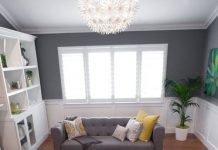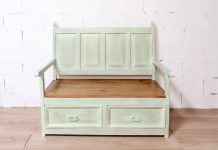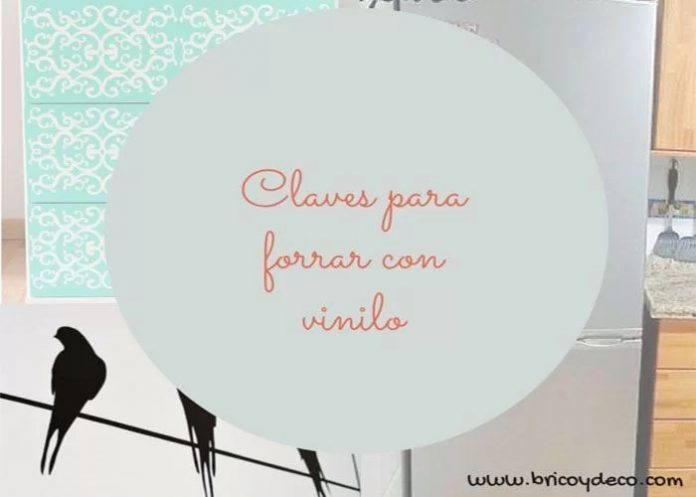
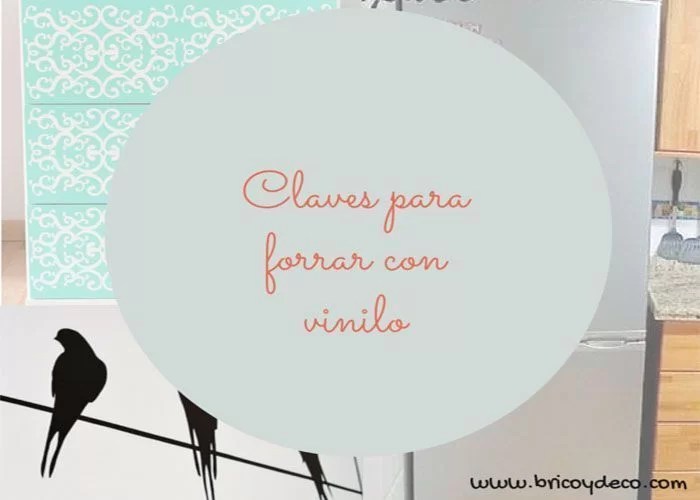
A few years ago, when I was still going to school, I remember that at this time I always spent an afternoon lining the covers of textbooks with self-adhesive vinyl since that way I managed to make them last the entire course. Over time I have also learned to cover with self-adhesive vinyl furniture and doors, keep reading to know all the keys.
Among the options to transform, customize and tune furniture, self-adhesive vinyl is one of the fastest, cleanest and cheapest. However, it is necessary to take into account a series of aspects to achieve a good final result, which I will detail below.
What tools do I need to cover with self-adhesive vinyl
The tools and accessories you will need are cheap and easy to get:
– Scissors and/or a sharp cutter.
– A spatula to cover (you can see how to make a DIY spatula in this link).
– A spray bottle with water and a drop of detergent.
– A hair dryer.
– A needle or pin.
Once you have gathered all these elements, you can get down to work.
What vinyl do I buy? They are all the same?
NO (in capital letters), in fact the final result will largely depend on its quality. You can visit this link to read my recommendations when buying self-adhesive vinyl.
How can I know if a vinyl is of quality?
A quality vinyl must be totally opaque, that is, the surface that we are going to cover with it must not be lightened, even if we place a white vinyl on a black surface. In the following image you can see an example of this (step by step in this link). In addition, the adhesive must be consistent and should not come off shortly after placing it.
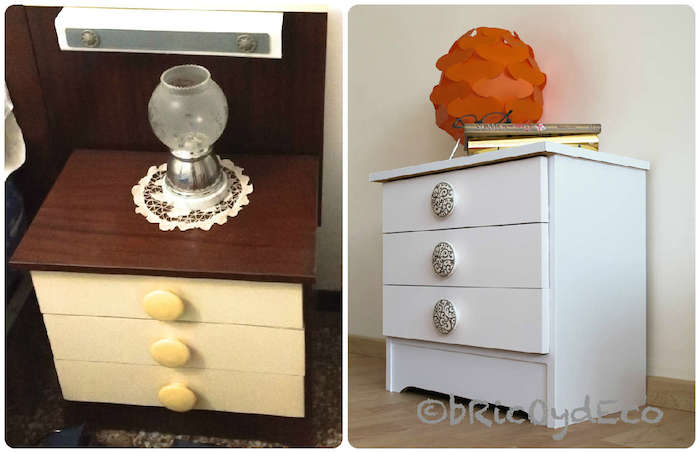
What kind of vinyl to cover can I find?
There are many models with which you will obtain different finishes:
– Vinyls in bright or pastel colors, in matte and gloss.
– Slate vinyl.
– Chrome or mirror effect vinyl.
– Aluminum vinyl or stainless steel.
– Electrostatic vinyl for windows and glass.
– Velvet effect vinyl…
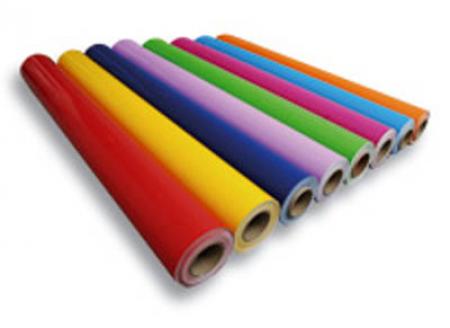
What can I cover with self-adhesive vinyl?
In general smooth surfaces without moldings such as:
– Melamine and Formica cabinet doors.
– Wooden cabinet doors.
– Melamine and wooden furniture.
– Home appliances.
– Glass.
– Tiles.
– Walls.
– Hard cardboard.
– Metal.
On the other hand, the adhesive fixes well on varnished and painted surfaces but it can become unstuck on waxed surfaces.
How much quantity will I need?
Self-adhesive vinyl is usually sold in rolls between 60 and 120 cm wide. If what you are going to cover is not very large, perhaps a 60 cm wide roll will suffice, but if you want to cover doors or appliances it will be cheaper to buy 120 cm wide meters.
Also, in order not to fall short, always calculate 5 centimeters more per side than the surface measures. For example, for two cabinet doors 1.80 meters high by 50 centimeters wide, you will need 1.80 m + 5 cm + 5 cm = 1.90 mx 2 (back of the door) = 3.80 meters of long, with the width of 120 cm you will have the two doors.
How can I take advantage of the vinyl that I have left over?
You can make a decorative vinyl, decorative borders to cover tiles or cover frames. It is also possible to create compositions with vinyl scraps of different colors.
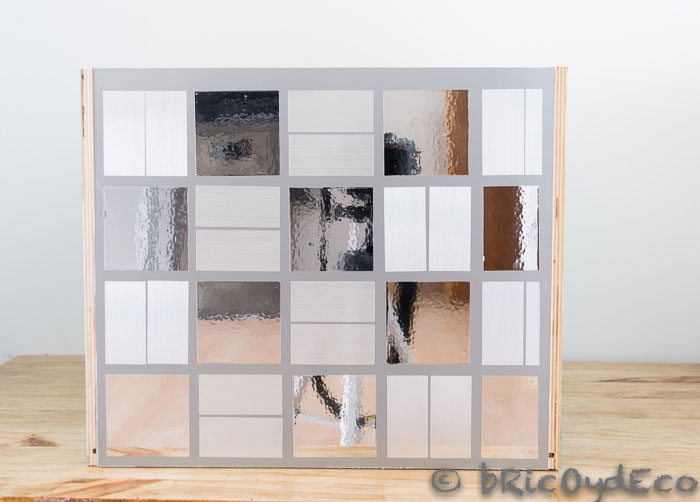
How should I prepare a surface before lining it?
The surface that you are going to cover must be free of dust, grease or oils, for this I usually clean it beforehand with methylated spirit. On the other hand, if the surface has any damage, it should be sanded and puttyed if necessary before placing the self-adhesive vinyl on top, since otherwise the indentation will be noticeable.
What do I have to do so that I don’t have bubbles left?
In this post I explain in detail how to cover with vinyl and that you do not have bubbles left. In general, it will be very useful for you to moisten the surface that you are going to cover so that you can easily stick and remove the vinyl and thus be able to rectify it.
How do I line the corners of furniture and cabinet doors?
In this link you can see the step by step with photos to cover the corners and edges of a piece of furniture (I will make a video tutorial soon).
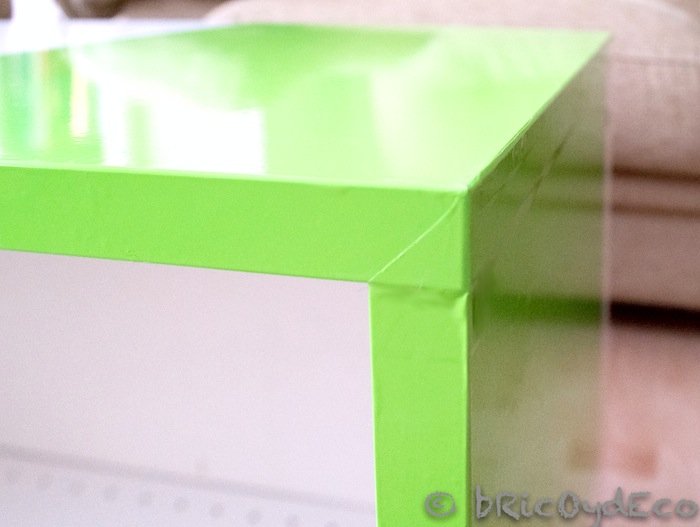
How can I reinforce the corners?
If the vinyl is of quality, the corners should not come off, but sometimes it can happen due to daily use. To reinforce them or to make them stick again, reinforce them with double-sided adhesive tape, you will see how they will not come off again.
How can I clean a piece of furniture covered with self-adhesive vinyl?
You can clean it wonderfully with any multipurpose cleaner, if you later wipe it with a dry cotton cloth you will be able to make it shine and make it shine like new.
If it breaks, how can I repair it?
It is not easy for a vinyl to tear once installed but it can happen (for example if your cat bites and stretches it). If the damage is not very large, stretch the vinyl with hot air (a hair dryer for example) and cover the affected part. If it is very large or is in a place that is too visible, you only have two options:
– Remove it and replace a new one.
– Paste a decorative vinyl on top (do not miss this trick to place a decorative vinyl).
How can I remove the self-adhesive vinyl?
One of the advantages of self-adhesive vinyl is that when you get tired of it you can remove it and place a different one. If the surface is large (a door for example) I advise you to make small cuts to gradually remove the vinyl instead of doing it all at once, it will be much easier. You can also use methylated spirits both to help loosen the adhesive and to remove any residue.
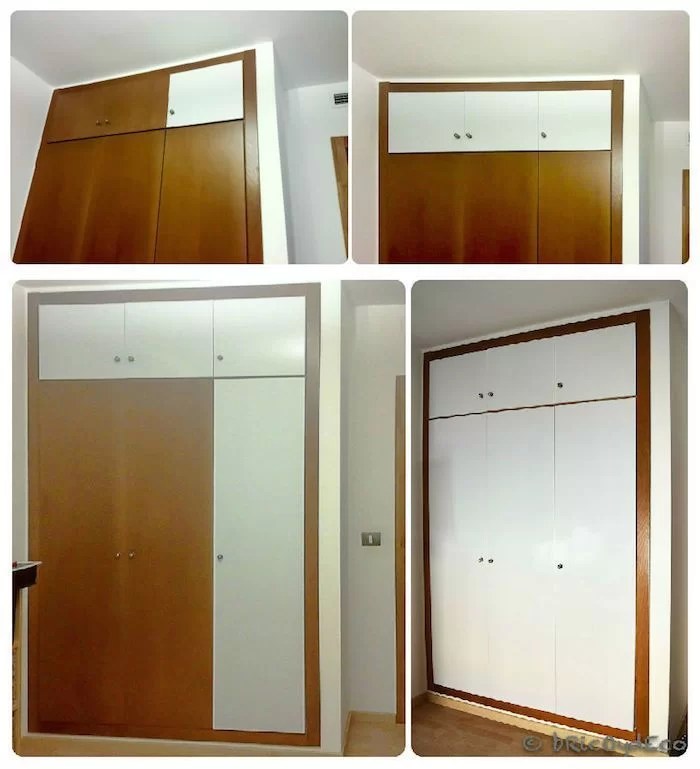
What do you think of these? keys to cover with self-adhesive vinyl? By following these tips and with a little practice you will see how in a short time you can achieve professional finishes. Nobody will say that you have covered it with vinyl! Still, if you have any questions, you just have to ask.
If you liked this post, you can see many more practical guides and DIY ideas at .


